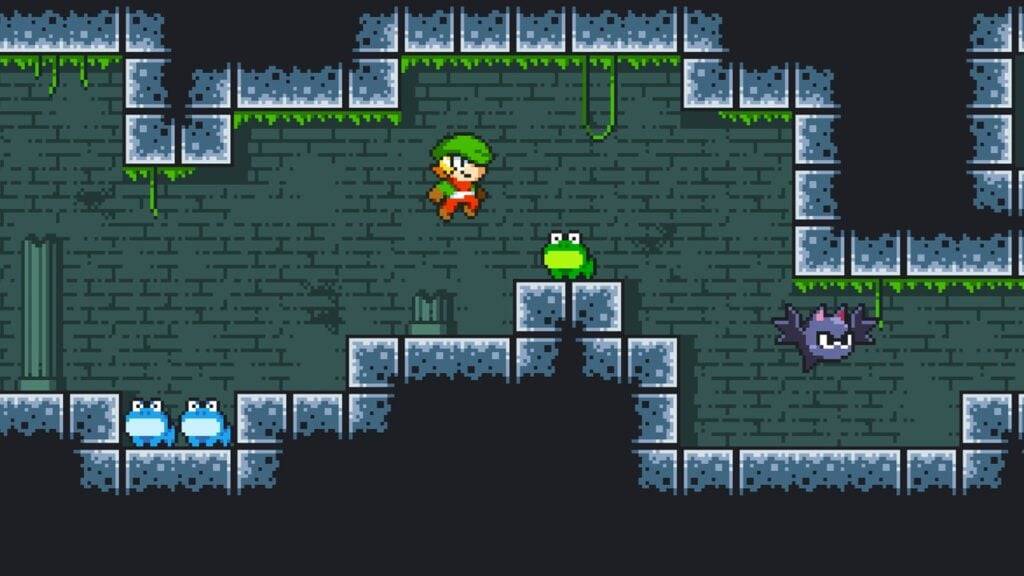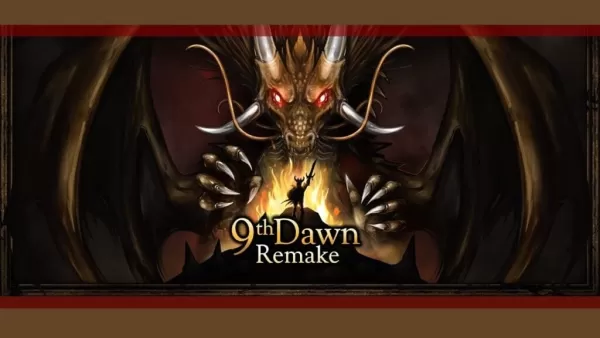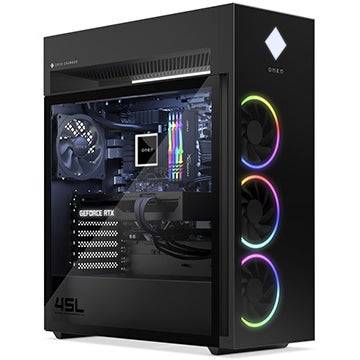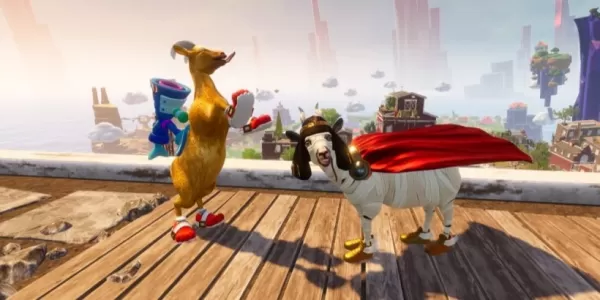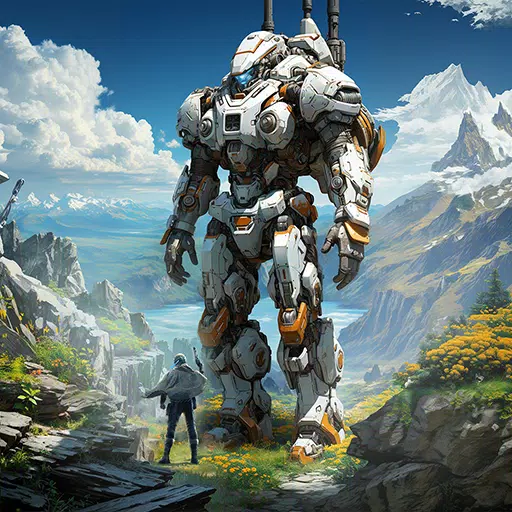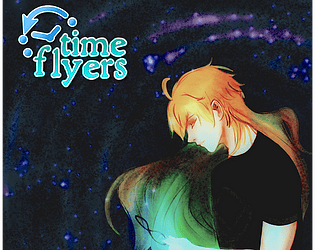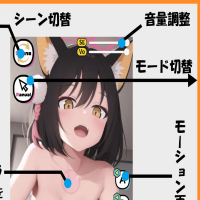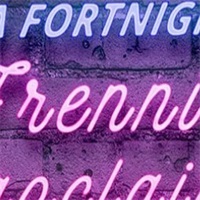The Blade Runner franchise has truly found a second life on the printed page, with Titan Comics greatly expanding the scope of this cyberpunk universe through various spinoffs and prequels. Currently, Titan is in the midst of publishing Blade Runner: Tokyo Nexus, a series which has the distinction of being the first Blade Runner story set in Japan.
As part of IGN Fan Fest 2025, we had the opportunity to chat with writers Kianna Shore and Mellow Brown to delve deeper into the new series and uncover how they brought the Blade Runner aesthetic to a new corner of the globe. Explore the slideshow gallery below to view exclusive artwork that illustrates the journey from script to fully realized art, and continue reading to learn more:
Blade Runner: Tokyo Nexus Behind-the-Scenes Art Gallery
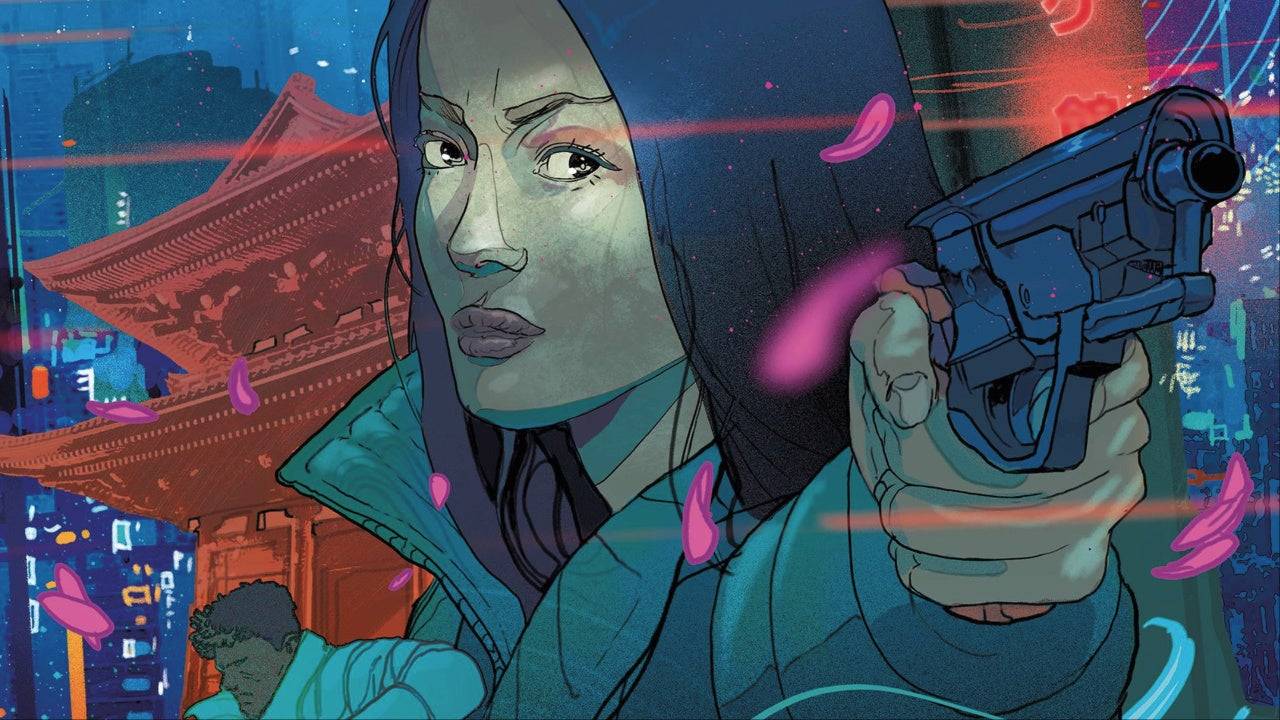
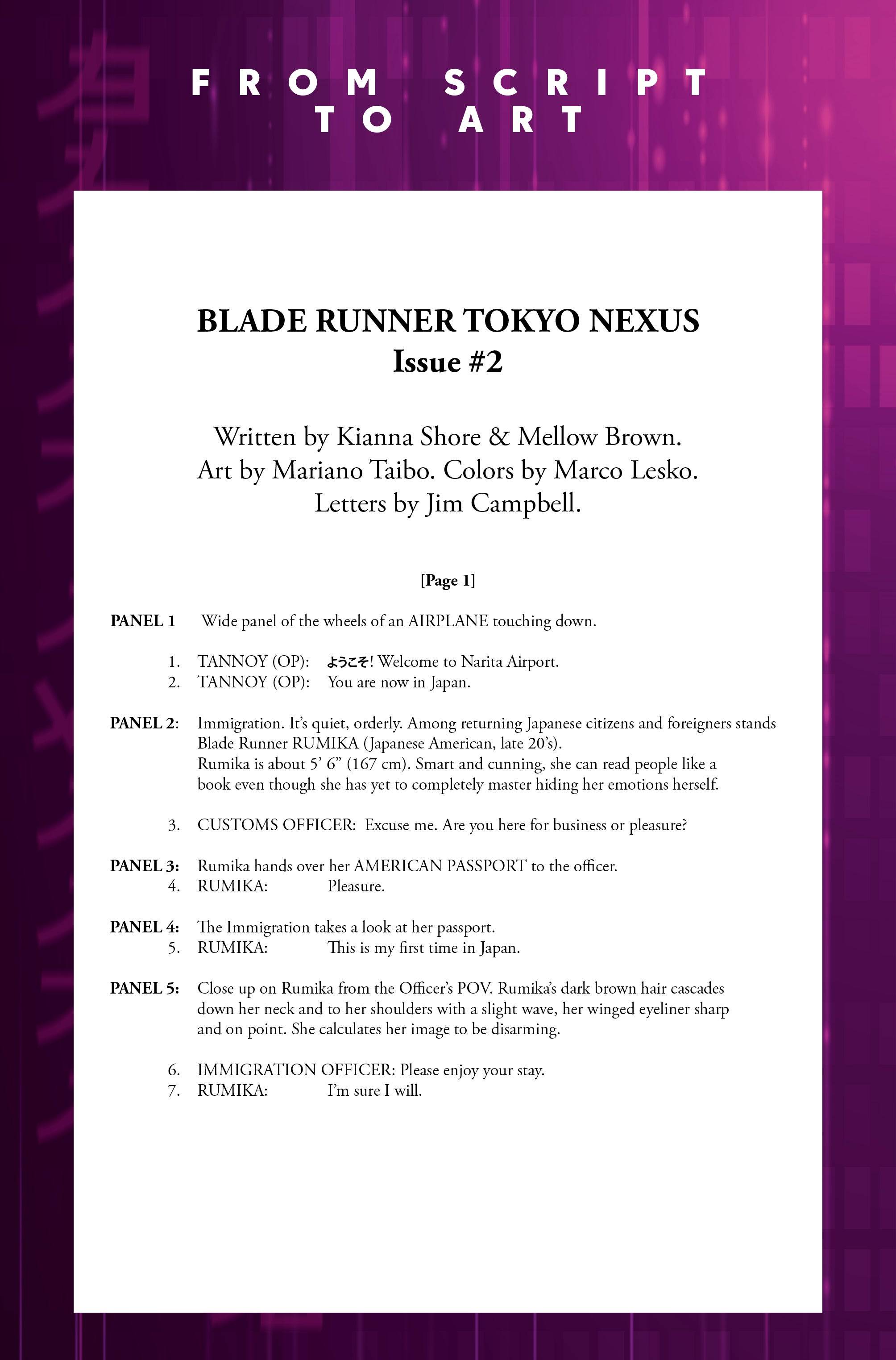 6 Images
6 Images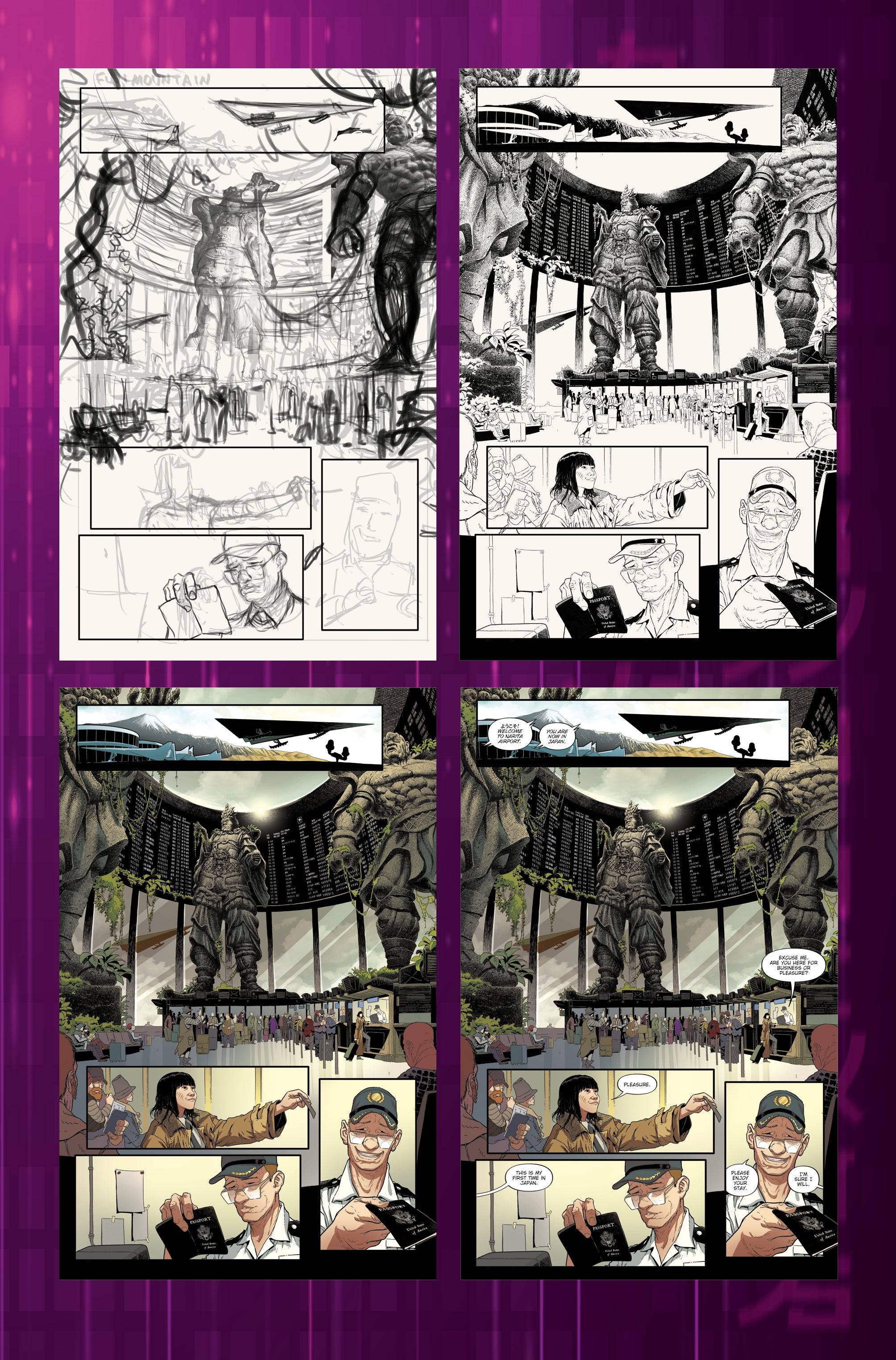

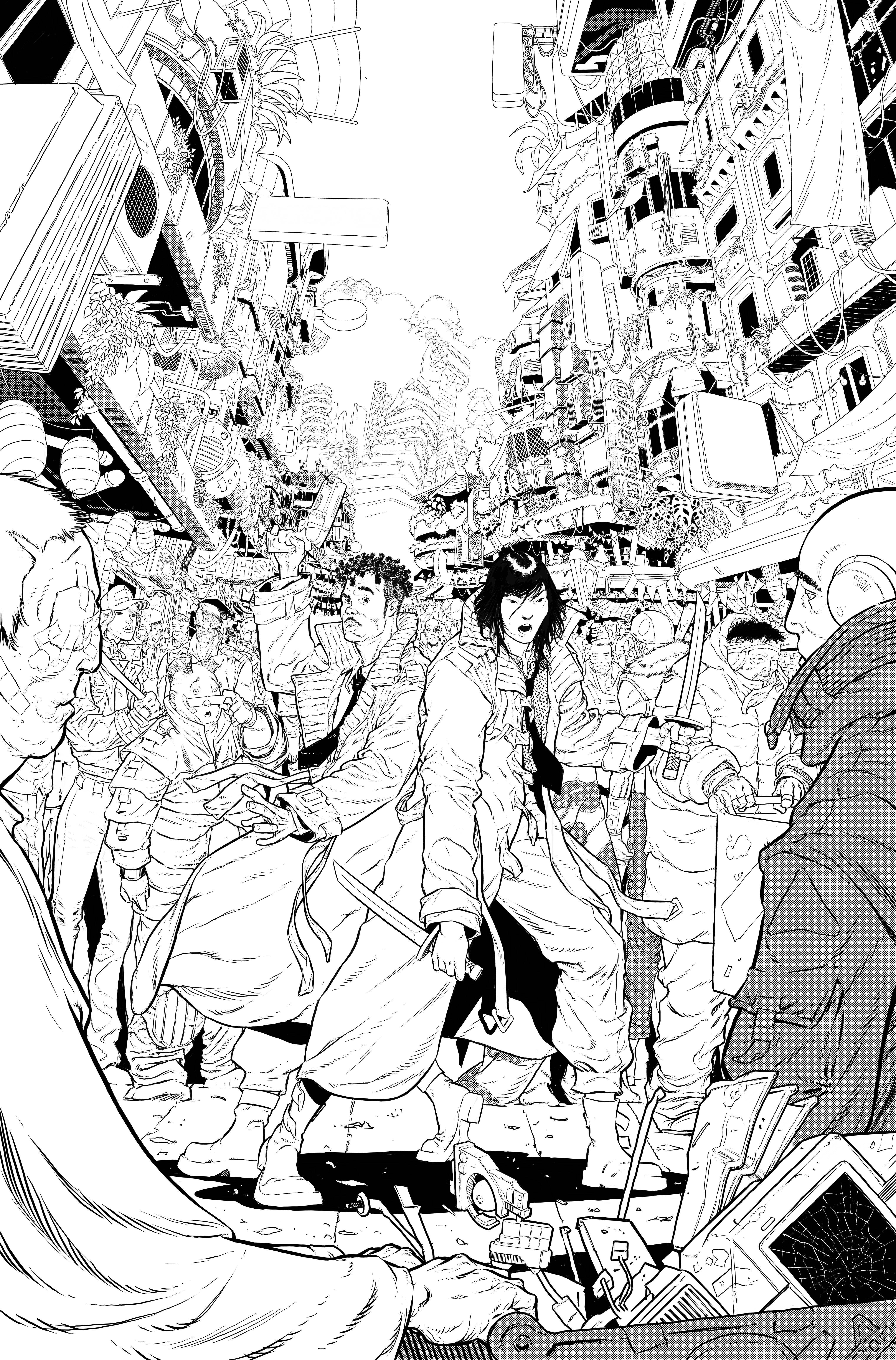

Again, this marks the first Blade Runner story set in Japan, despite Tokyo being the backdrop for seminal cyberpunk stories like Akira and Ghost in the Shell. We were eager to learn how the writers envisioned the Tokyo of this alternate universe in 2015, and how it compares to the familiar, neon-drenched, rain-soaked Los Angeles known to Blade Runner fans.
“Brainstorming Tokyo in the Blade Runner universe was such an exciting process!” Shore tells IGN. “Having lived in Japan in 2015 and recently visiting exhibits in Tokyo on ‘envisioning the future,’ I wanted Tokyo to feel distinct from Los Angeles, reflecting their unique histories, experiences, and socioeconomic conditions. My vision was to create a hopepunk Tokyo.”
“I've always appreciated how Los Angeles in *Blade Runner* is depicted as a crumbling, fracturing place on its last legs, with neon hiding the decay,” Brown explains. “Our Tokyo, in contrast, is a beautiful utopia where people feel restrained. Disobey its laws, and this ‘paradise’ will consume you. It's just as terrifying, but in a different way.”
Interestingly, both writers consciously avoided directly homaging Akira and Ghost in the Shell, instead drawing inspiration from other media and contemporary Japanese life to craft their version of Tokyo.
Shore says, “While I watched classics for inspiration, understanding how Japanese media depicts the future post-3.11 Tohoku Disaster was crucial. I looked into anime like Your Name, Japan Sinks 2020, and Bubble.”
“My goal was not to iterate on anime already inspired by Blade Runner, like Bubblegum Crisis or Psycho-Pass,” Brown states. “When you write cyberpunk, you're reflecting on how your environment might evolve. The original series reflected '80s fears of Japan's rise as a superpower. I wanted to capture Japan's current societal fears and hopes, and what could go wrong or right if dangerous forces had their way.”

The Blade Runner timeline spans the 21st Century, but this series is set in 2015, a few years before the events of the original film. We were curious how much Tokyo Nexus connects to the larger franchise. Will fans find certain similarities to the movie to latch onto, or is this really a whole new ballgame given the Japanese setting?
“*Tokyo Nexus* is a standalone in setting, time, and story,” Shore says. “Of course, it wouldn’t be Blade Runner without the omnipresent Tyrell Corporation influencing the characters’ actions or a mystery to solve. There are nods and easter eggs alluding to the Blade Runner films, but the series is enjoyable even without prior BR knowledge.”
Mellow adds, “We're continuing to build our story that has been advancing since *Blade Runner: Origins* and just before *Blade Runner: 2019*. We're excited to answer complex questions in the universe, like ‘What was the Kalanthia War?’ and ‘Why is Tyrell the only company that makes Replicants?’ These elements are building towards a massive, secret, civil war with Blade Runners from different organizations vying for dominance. *Tokyo Nexus* lays the groundwork for one of those organizations to ascend to a global superpower in that war.”
*Tokyo Nexus* is unique in that it revolves around a partnership between a human named Mead and a Replicant named Stix. Their close-knit dynamic is central to the series, portraying them as battle-scarred veterans who rely solely on each other in this hellish landscape.
“Mead and Stix are best friends and platonic life-partners,” Shore says. “They've been through hell and back, bled together, and wept together. Their goal is to survive, which means they must trust again.”
“It's a beautiful, albeit unhealthy, dynamic,” Brown adds. “We're exploring the ‘We're More Human Than Human’ theme. Stix, the Replicant, thirsts for life, while Mead, the human, is ground down by systems and operates mechanically. They need each other to survive, and their shared trauma has forged a codependency that could break them both.”
As the series unfolds, Stix and Mead find themselves entangled in a conflict between Tyrell Corp, the Yakuza, and a Japanese group called Cheshire. The writers hint that Cheshire occupies a significant place in the Blade Runner universe, aiming to challenge Tyrell’s monopoly on the Replicant market.
“Cheshire is attempting to compete in Replicant manufacturing,” Shore teases. “Their latest model is a military-grade Replicant, built to be stronger and faster, using Tyrell's foundational technology.”
Mellow adds, “Cheshire is a crime organization with grand ambitions. When they gain access to refugee Tyrell scientists who have fled to Tokyo, they suddenly realize their potential in this universe is limitless…”
Blade Runner: Tokyo Nexus Vol. 1 - Die in Peace is now available in comic shops and bookstores. You can also order the book on Amazon.
Also as part of IGN Fan Fest 2025, we got an early look at IDW's new Godzilla shared universe and a sneak peek of an upcoming Sonic the Hedgehog storyline.

